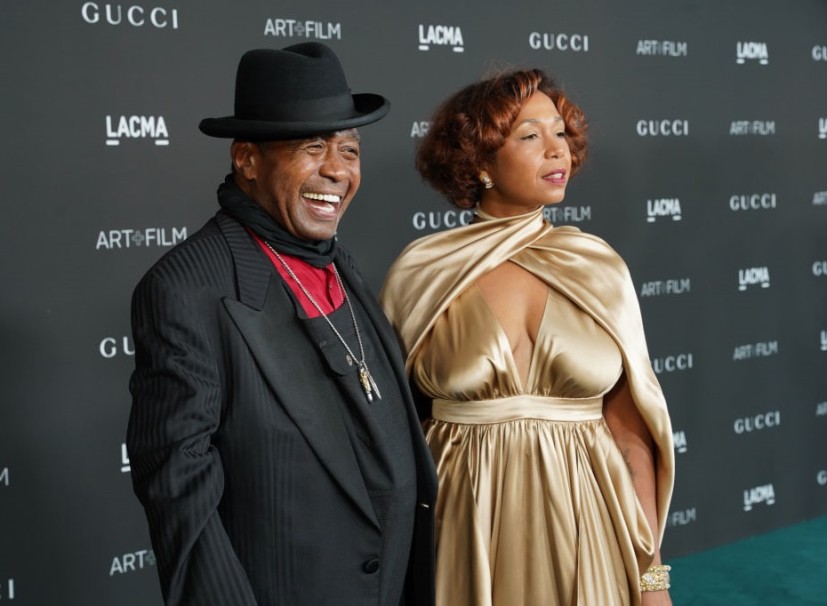Every aspiring ballet dancer's journey starts with "barre." Initiates are taught this exercise as a sort of "introduction" to the world of ballet but as many have found out, the wooden bar is not there to prevent you from falling. It is an implement that slowly familiarizes you with pain as there is no beauty without it in the pursuit of ballet.
This is the core concept that Los Angeles-based sculptor Karon Davis explores in her new exhibition "Beauty Must Suffer" which opened to viewers last Nov. 12 in the Salon 94 Art Gallery in New York, and is projected to run just until this Dec. 23. The show maps out the journey of African American dancers from their first "barre," to their final "bow."

A Tune From Karon Davis' Own Symphonious Journey as a Dancer
In a statement to The Guardian, Davis said that she "came out of the womb and my parents handed me a tap shoe and ballet shoes," which made it her earliest passion preceding that of film-making. Her connection with dancing goes way back, even before her birth.
This is because Davis' parents met because of dance, with her mother, Nancy Bruner, being a ballerina herself and her father, Ben Vereen, an entertainer whose feet have glid the theaters of Broadway. Even her late sister, Naja, was a ballerina aspirant, too, before she passed away at the young age of 16.
With this loss and this pain, Davis' upbringing made her quite familiar with the cruelties that come with the pursuit of improving one's performance, echoed repeatedly by her mother's mantra: "Beauty must suffer."
“Beauty Must Suffer” by Karon Davis 🩰🤎🎀 pic.twitter.com/iNYcdKAHod
— Camri Hewie (@CamriHewie) November 12, 2023
This is shown in Davis' "Black" sculptures within the exhibition, which are suffocatingly adorned in pearly white plaster, referencing the Caucasian-centric standards that are ingrained in the classical dance industry. The figures are showcased in stages of a dancer's journey, depicting its overall emotional and physical effects.
Read Also : Musical Number Calling Vegans 'Annoying' Removed From 'Mother Goose' Production Following Audience Backlash
A Ballet Dancer's Tumultuous Voyage According to Karon Davis
For one, "Pancaking" shows the initial stages of this voyage within a ballerina's life, depicting a teenage girl basking in her melancholy as she tints the predominantly pink shoes that she has into a brownish hue, something more akin to her own skin's color.
This is about the skewed standards between the effort that dancers of Caucasian and African descent have to give, with the latter's tending to be more laborious than the former's. In fact, according to a New York Times report, it even took over 200 years before brown "point shoes" became available for dark-skinned ballerinas.
In another sculpture, a dichotomous imagery is presented, depicting a ballerina that is adorned with a "cleanly" decorated dress whilst busy smoking a stick of cigarette dry. This concept is an allegory to the performance anxiety and hunger that ballerinas typically quell with unhealthy puffs of nicotine.
On the topmost level within the art gallery's building, Davis pays tribute to the vast history of ballet through her own interpretation of famous poses in dance. For Davis, the start of the performance is the dancer's start of existence.
"Every time a dancer steps on stage it is birth. There is a connection with a higher power that the audience is just a spectator of and has the privilege to witness," she said.